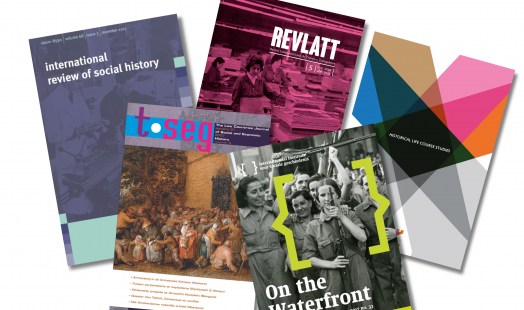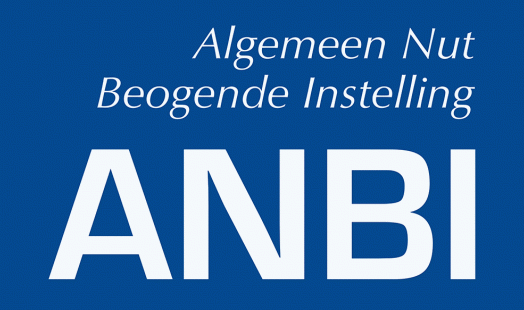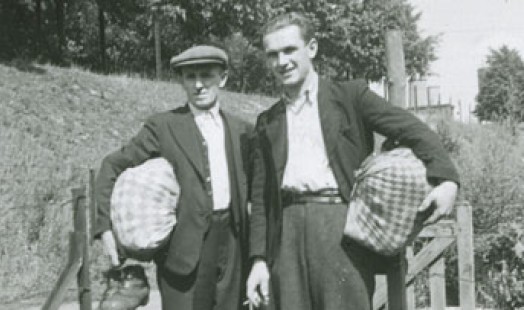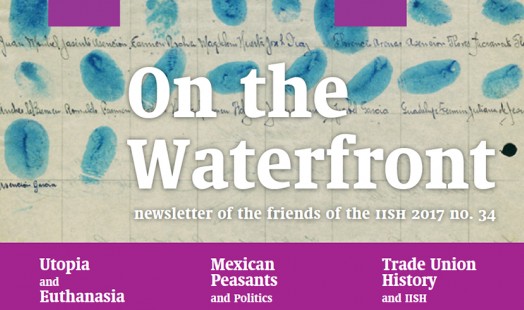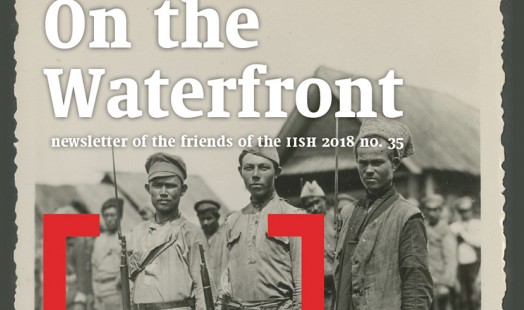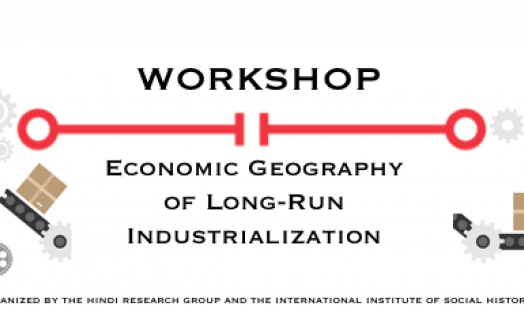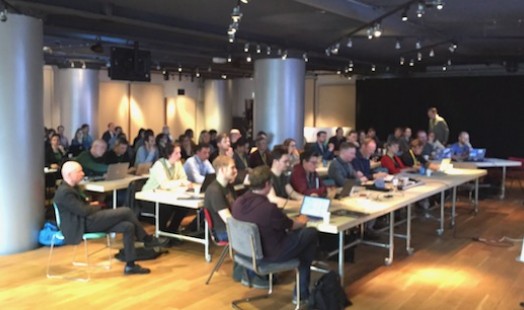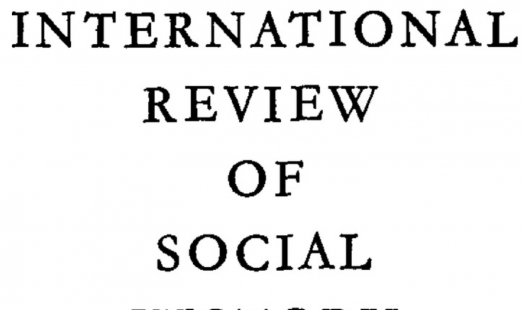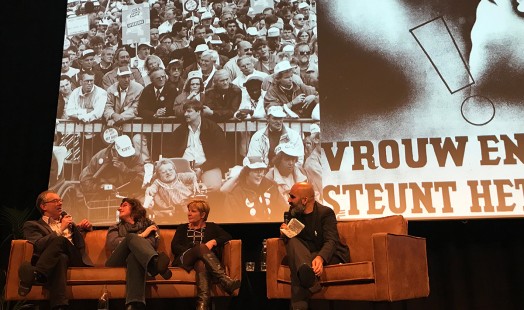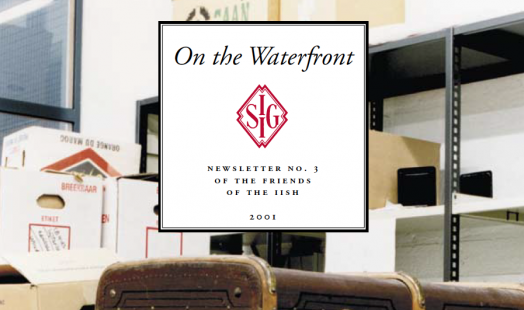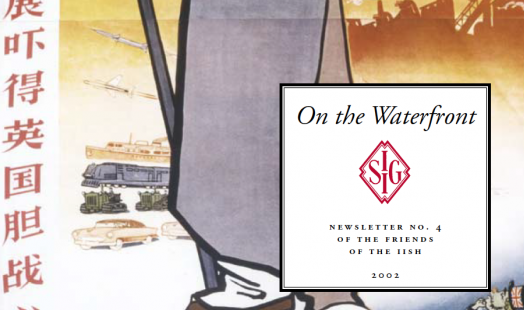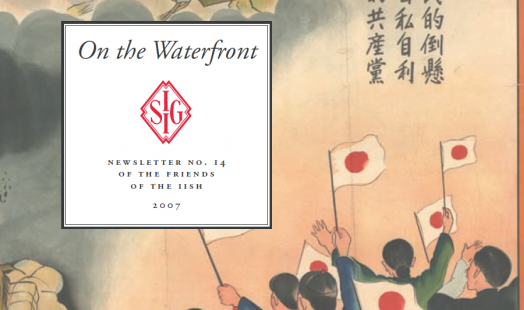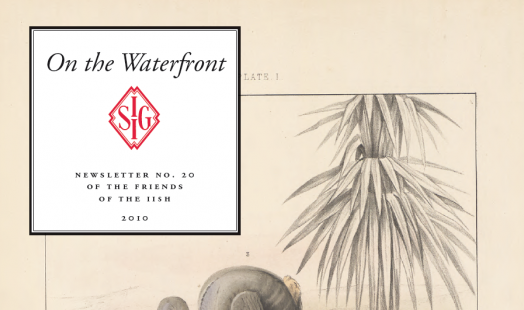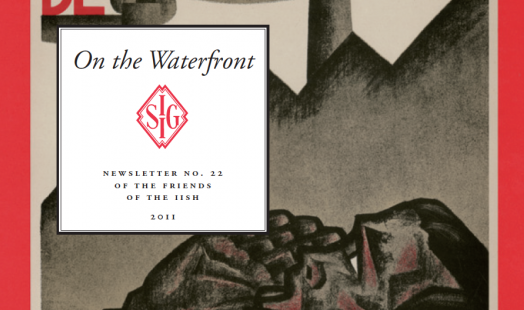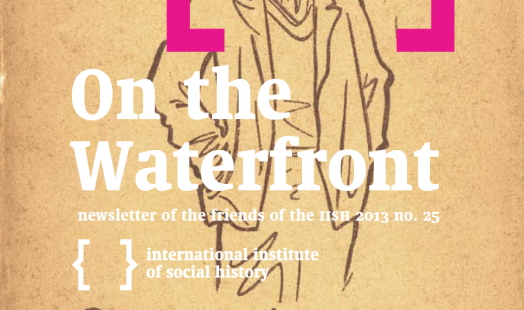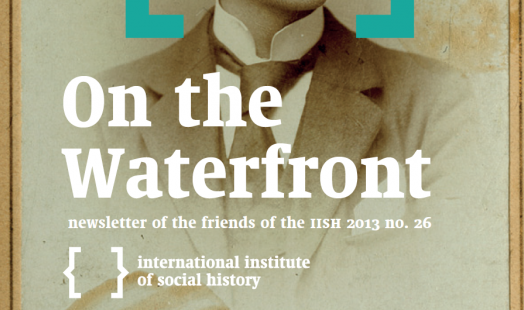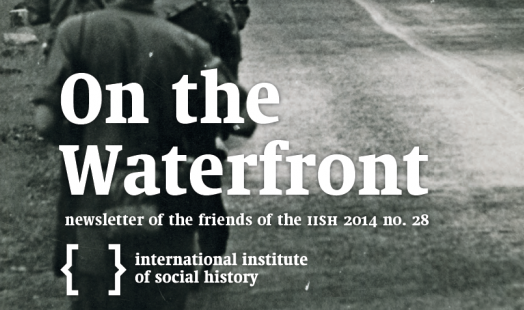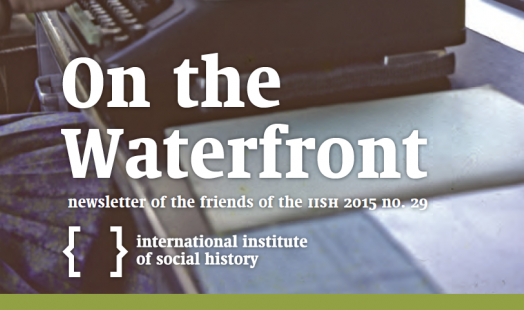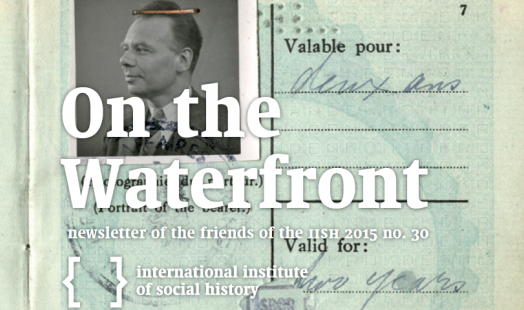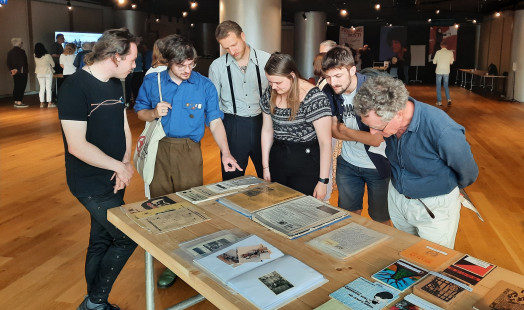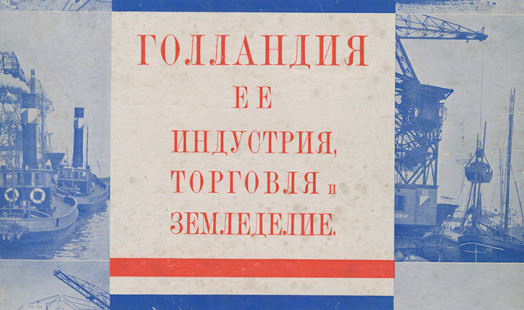Rombert Stapel
Senior Researcher
- E-mail: rombert.stapel@iisg.nl
- Department: Research
Rombert Stapel (1983) studied Medieval History at Leiden University. He graduated in 2008 with a prosopographical study of the priest-brethren of the Teutonic Order in the Utrecht bailiwick (1350-1600). In 2017 he defended his Ph.D. cum laude (with distinction) at Leiden University. This resulted in a monograph published in 2021 with Routledge: Medieval Authorship and Cultural Exchange in the Late Fifteenth Century. The Utrecht Chronicle of the Teutonic Order and an edition and translation published in 2024 in the same series: The Utrecht Chronicle of the Teutonic Order. A History of the Crusades in the Holy Land, Prussia and Livonia (Edition and Translation). In 2013 he joined the IISH as a researcher in the Global Collaboratory on the History of Labour Relations 1500-2000. In 2015 he was a Global Fellow at the Weatherhead Initiative on Global History at Harvard University, and between 2018-2019 he was also involved as a postdoctoral researcher in the ERC project The Historical Dynamics of Industrialisation in Northwestern Europe and China ca. 1800-2010: a Regional Interpretation at the IISH. He has been a Senior Researcher since 2023.
His recent work includes various research projects at the intersection of socio-economic history, digital humanities, and geohumanities and he is a strong advocate of open science. He has been working on the creation of a new historical GIS dataset for administrative-judicial boundaries at the local level in the medieval and early modern Low Countries: the Historical Atlas of the Low Countries, 1350-1800. This historical GIS plays a crucial role in reconstructing the population geography of the Low Countries (from the Somme to the Waddenzee) as part of the NWO-funded replication study (Re)counting the Uncounted. Replication and Contextualisation of Premodern Dutch and Belgian Population Estimates (1350-1800) for which he was the PI. Together with Rick Mourits (IISH) he was also PI of the project Common Language for Accessibility, Interoperability, and Reusability in Historical Demography (CLAIR-HD), funded by the NWO Open Science Fund.
Together with Thomas Vermaut (KNAW HuC / Digital Infrastructure), he currently also leads the HisGIS.nl project. HisGIS.nl provides a national digital infrastructure for research, policy development, and the creation and promotion of interest in the historic landscape and related built environment of the Netherlands. The project is based on the digitised and vectorised maps and tables of the oldest, so-called Napoleonic cadastre from around 1832, which was introduced in large parts of Europe following French instructions. In 2023, this project received substantial new funding from the Ministry of Education and the Rijksdienst voor Cultureel Erfgoed.
Rombert Stapel’s research focuses on the interplay between demography, landscape and land use, and long-term economic development in the medieval and early modern Low Countries, as well as the labour and power relations that influenced this interplay. Other research interests include the production of historical gazetteers (in cooperation with the World Historical Gazetteer), monetary history (and its links to labour relations), crusade history, medieval historiography, and monastic history. He is an elected member of the Internationale Historische Kommission zur Erforschung des Deutschen Ordens and Historische Kommission für ost- und westpreußische Landesforschung and a board member of the Contactgroep Signum.
Publications: Rombert Stapel – Research output — Royal Netherlands Academy of Arts and Sciences (KNAW)

